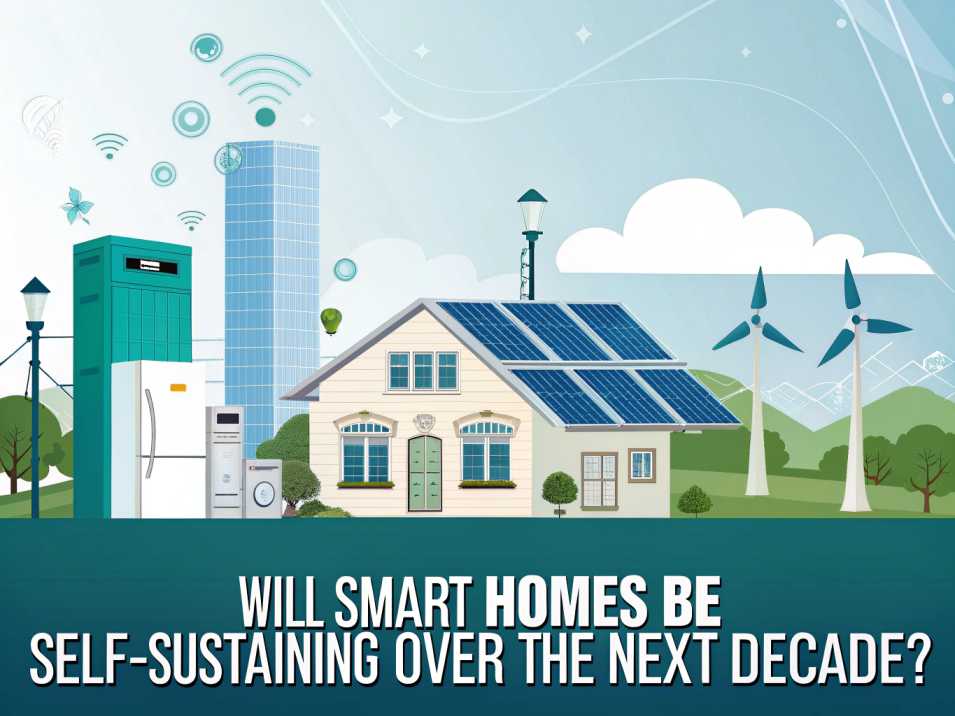Will Smart Homes Be Self-Sustaining Over the Next Decade?
Every year, the number of smart homes is increasing. By 2025, many people will have smart speakers, thermostats and security systems in use. However, there is an even greater possibility that the future will bring the advent of self-sustaining smart homes. These are houses that generate their own power, control resources and take care of themselves. However, will this actually occur in the next 10 years? Let’s explore.
What is the meaning of self-sustaining?
A self-sustainable house is a house that generates and controls its own resources without relying heavily on external systems. This could include:
Energy: The production of energy by means of solar panels or wind turbines.
Water: Gathering and recycling of water.
Food: It is even possible to have futuristic homes with indoor gardens with smart systems.
With the use of intelligent technology, these homes can be controlled automatically.
Energy and Smart Homes
Energy is one of the most significant components of a self-sustaining house. Solar panels are already on the fad and over the coming decade, they will become cheaper and more efficient. Smart homes will be able to charge better batteries to store their energy for use on demand and provide additional power to the grid. This makes homes more environmentally friendly and affordable.
Water Management
Smart homes can also save and recycle water. For example:
Smart faucets will be able to monitor water consumption and save on waste.
Rainwater collection systems could supply gardens or toilets.
Sink and Shower water can be used to recycle greywater.
The systems make the houses more sustainable, particularly those located in regions with low water supplies.
Smart Appliances and AI
Appliances will also make a significant contribution. Imagine a fridge that can determine when food goes out of date, or a cooker that prepares your meal based on your dietary preferences. Artificial intelligence can be used to control energy consumption, automatically turning off lights or adjusting the thermostat. These machines may eventually learn your routines and operate the house with minimal guidance on your part.
Challenges to Overcome
The concept is exciting; however, there are problems:
Price: Even the construction of full self-sustaining housing is not cheap.
Technology: Not every system is ready for mass production.
Infrastructure: Traditionally, most cities have relied on traditional power and water systems.
The technologies could be affordable and widely accessible only in another decade.
The Future of Smart Homes
It will likely be a combination in the next 10 years. Other homes will be more self-sufficient, with some high-tech homes almost becoming self-sustaining. As a result, others will gradually incorporate new features into their homes, such as solar power or water recycling. These homes can become a normal part of families’ lives all over as the costs decrease.
Final Thoughts
Smart homes that are self-sufficient are no longer a far-off fantasy – they are here. Houses could eventually handle themselves entirely with advances in solar energy, batteries, water, and AI. It may take more than a decade before one is accessible to all, but the first strides are being taken in 2025. Smart is not the only way to think about the future of living: it is sustainable.

